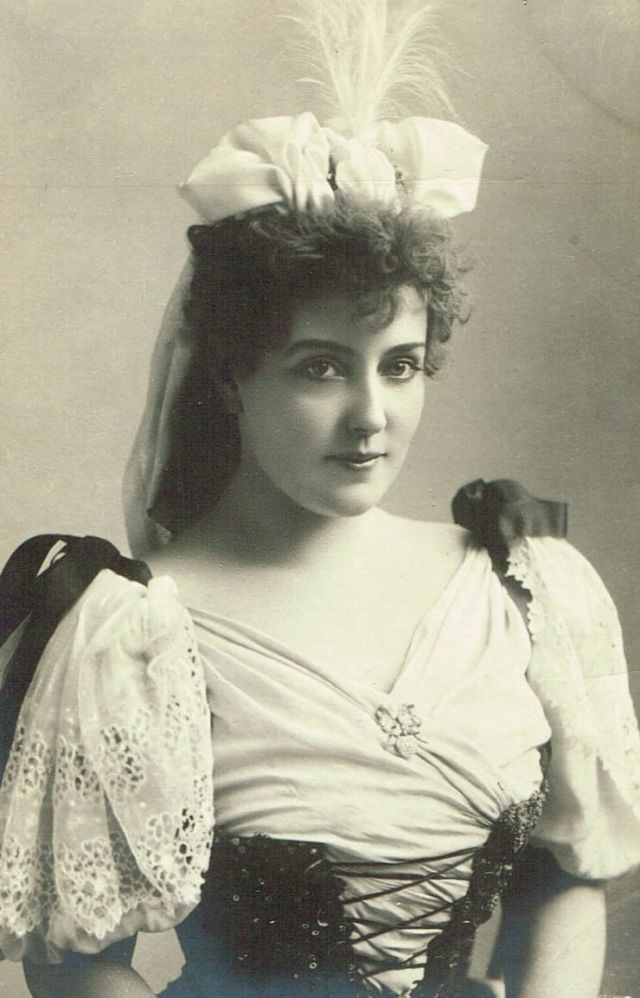Lillian Russell — Music Videos
Play All Lillian Russell tracks
Signature Style
Lillian Russell was a defining figure of the late 19th and early 20th-century American music scene, renowned for her captivating stage presence and vocal prowess. Her signature style was a blend of operatic technique and popular music of the era, which allowed her to bring a sense of elegance and sophistication to vaudeville and operetta performances. Known for her striking beauty and commanding voice, she often performed in lavish costumes that complemented her dynamic stage persona. Her repertoire included a mix of light opera, musical comedy, and vaudeville, making her a versatile performer who could captivate audiences with both her vocal talent and theatrical flair. Her ability to convey emotion through song and her charismatic performances became a hallmark of her enduring appeal.
Career Highlights
Throughout her illustrious career, Russell became one of the most celebrated performers of her time, with a career spanning several decades. She made her debut in 1880 and quickly rose to prominence with her role in the comic opera "The Snake Charmer." Her breakthrough came with the operetta "The Grand Duchess of Gerolstein," which solidified her status as a leading lady in the theater world. She was a regular performer at Tony Pastor's Theatre in New York City, where she honed her craft and built a loyal fan base. Her performance in "Gilbert and Sullivan's Patience" was particularly noteworthy, showcasing her ability to handle complex musical compositions with ease. In addition to her stage performances, she was also a recording artist, contributing to the early days of the American recording industry with her renditions of popular songs of the time.
Cultural Impact & Legacy
Russell's influence extended beyond the stage, as she became a cultural icon known for her glamorous lifestyle and progressive views. She was a prominent figure in the women's suffrage movement, using her platform to advocate for women's rights and equality. Her contributions to the arts and society were recognized with numerous accolades, and she was often referred to as the "Queen of American Opera." Her impact on the entertainment industry was profound, paving the way for future generations of female performers. Her legacy is preserved in the annals of American theater history, and she remains a symbol of the golden age of vaudeville and operetta. Her life and career continue to be celebrated for their contributions to the cultural and social fabric of her time, inspiring artists and audiences alike with her talent and tenacity.
Other Artists
Discover more voices we think you'll enjoy right now.
